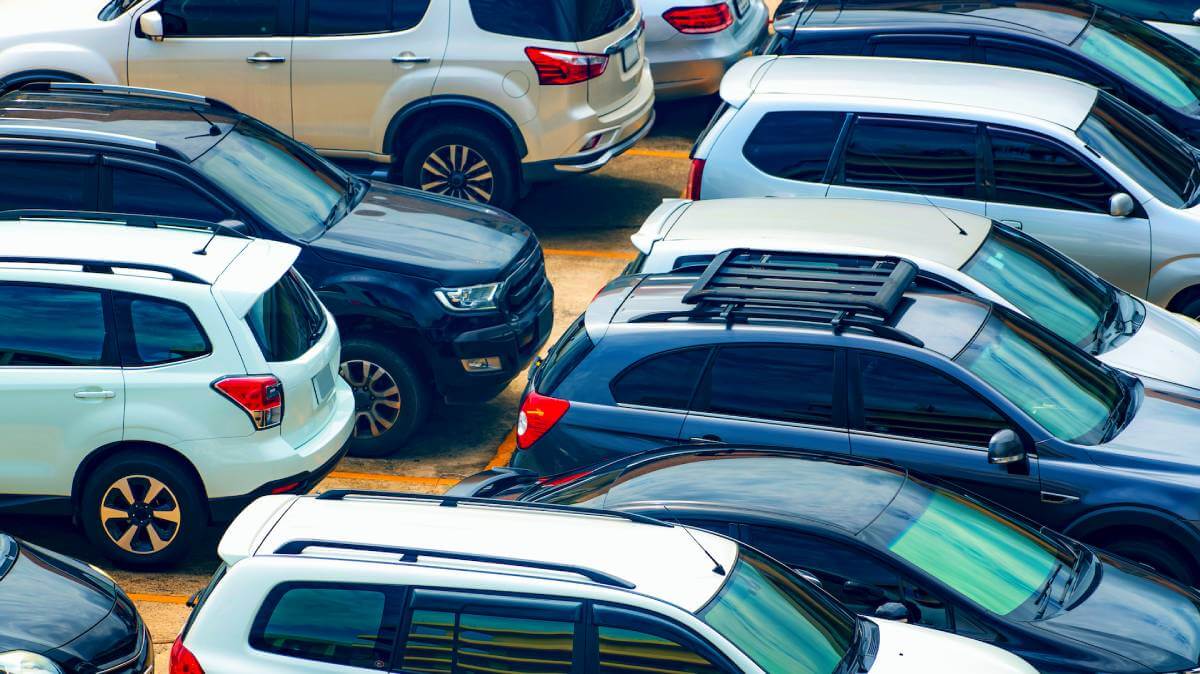Australian motorists, brace yourselves for a potential financial bump in the road ahead. The introduction of the New Vehicle Efficiency Standard (NVES) on January 1 could steer the cost of nearly every car available in Australia into higher territory over the coming years. This government emissions scheme is designed to reduce the carbon footprint of new vehicles, but it may also accelerate the price tags attached to them.
The NVES is not just about promoting cleaner air; it’s a regulatory gear shift towards a greener future. However, the drive towards decarbonisation comes with its own set of challenges, particularly for consumers and car manufacturers. The scheme sets CO2 targets for carmakers, which will tighten annually until 2029, pushing brands to include more zero or low-emissions vehicles in their fleets.
You May Like
Paul Maric, founder of CarExpert.com.au, spoke to Yahoo Finance, highlighting that the financial burden of this eco-conscious transition is likely to be passed on to consumers. ‘Some of the manufacturers may take a margin hit, but given that they’ve got shareholders and no one likes to lose money, I think they’re just going to end up passing the cost of that onto consumers,’ he said.
So, what’s the potential price hike for new cars under the NVES? The Motor Trades Association of Australia (MTAA) crunched the numbers and found that compliance with the new rules could lead to significant price increases. For the top 10 brands, 60 per cent will need to overhaul their model line-ups to meet the 2025 and/or 2029 emission reduction targets, according to the MTAA’s pre-budget submission.
Manufacturers have a few strategies to consider under the NVES: – Introducing new low-emission vehicles and technologies – Purchasing credits from EV-only manufacturers – Increasing vehicle prices – Reducing the volume of high-emission vehicles – Exiting the market if compliance is unachievable
If carmakers opt for price hikes, the MTAA estimates that costs could soar by more than $9,000. Chevrolet, for instance, could see an increase of $9,342 per car by the end of the decade, with no EVs expected in its fleet by 2029. Other luxury brands like RAM, Bentley, Lamborghini, and Aston Martin could witness price rises between $6,756 and $9,128.
More mainstream brands such as Isuzu, Mazda, Subaru, Nissan, and Mitsubishi may also bump up their prices, with predicted increases ranging from $3,875 to $4,575 in the next few years. Ford and Toyota, which were the most popular car brands in 2024, are anticipated to be less impacted due to their plans to introduce seven types of EVs each by 2029, resulting in price hikes of $2,834 to $2,959.
Interestingly, not all brands will see their prices climb. The MTAA has identified several that could actually benefit from price reductions under the scheme, including Cupra, Fiat, Lotus, BYD, MINI, Volvo, Tesla, Polestar, and Jaguar. These brands are poised to see price drops ranging from $160 to a substantial $5,945.
Maric pointed out that EV leaders like Tesla could profit by selling credits to other brands, allowing them to reduce the prices of their vehicles significantly. ‘Globally, Tesla makes a huge portion of its profit from selling credits… and it’ll be the same in Australia,’ he explained.
How does the NVES work in practice? Although the standards officially commenced at the start of the year, emissions won’t be tallied until July 1. The law applies to all new passenger and light commercial vehicles supplied to Australia from the beginning of the year. Each manufacturer has unique targets that will gradually decrease until 2029. Failure to meet these targets could result in penalties, but brands can dodge this by buying credits from low or zero polluters.
The government maintains that there is no evidence to suggest that the NVES will inflate car prices, citing the absence of price increases in other jurisdictions with similar standards. The aim is to encourage manufacturers to import more fuel-efficient vehicles, whether they run on petrol, diesel, or electricity, and to offer customers a broader range of choices.
What are your thoughts on the upcoming price hikes? Do you think the introduction of electric vehicles and carbon credits will benefit or burden consumers? Share your opinions and experiences in the comments below—we’d love to hear how these changes might affect your car-buying decisions!
Also read: What the New Vehicle Efficiency Standard means for car buyers


Inefficient polluting vehicles should cost more or even better get rid of them.
I see this change actually lowers the cost of clean and green fuel efficient cars.
Sounds like a win for common sense to me.
Long overdue. Just look what a lack of lead emissions standards has done to our US allies brains. Old inefficient vehicles should be taxed off the roads.
Why should there be that magnitude of increase in prices, there are no development or manufacturing additional costs, as the Majority of Vehicle Manufacturers already Manufacture Vehicles to the New Standard and sell them in the EU.
The New Standards are based on the EU Standards, and, to my knowledge, they are NOT the Latest Standard which is in the process of being developed.
These New Standards should give Australians a larger range of models to choose from at Current Prices.